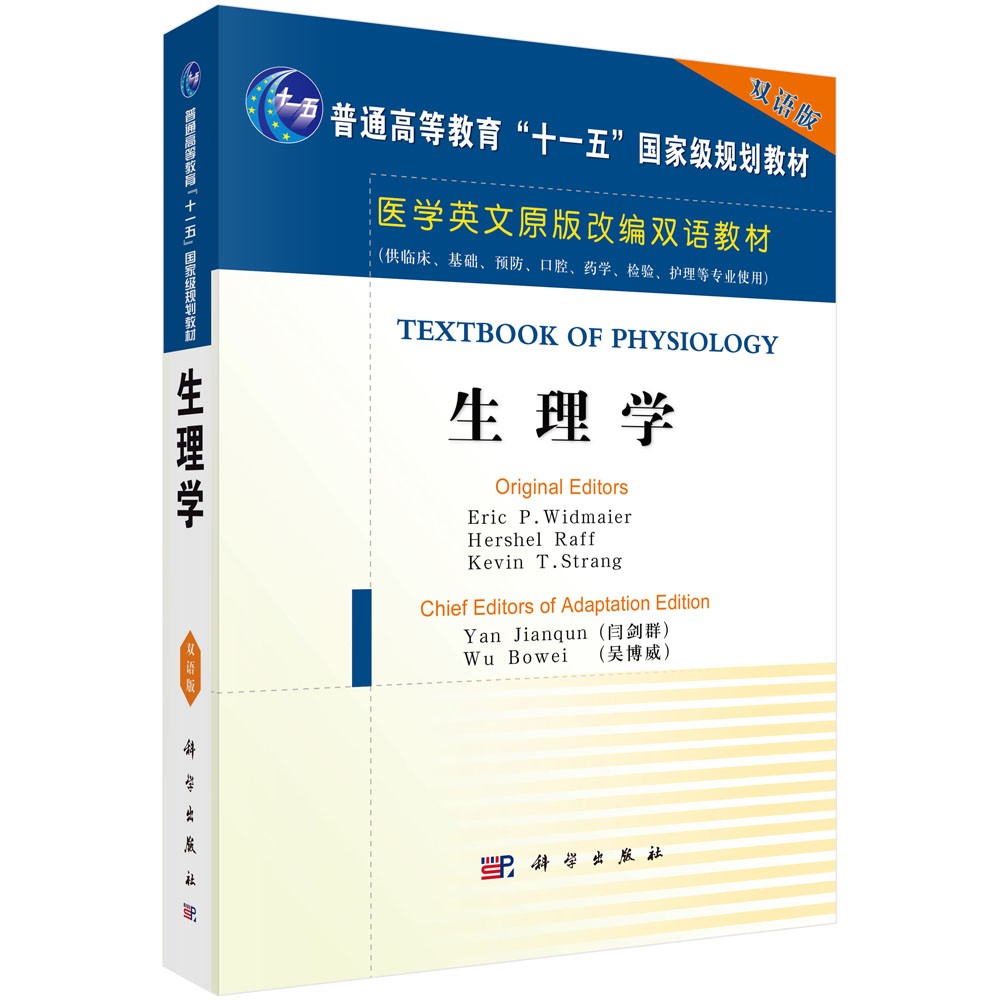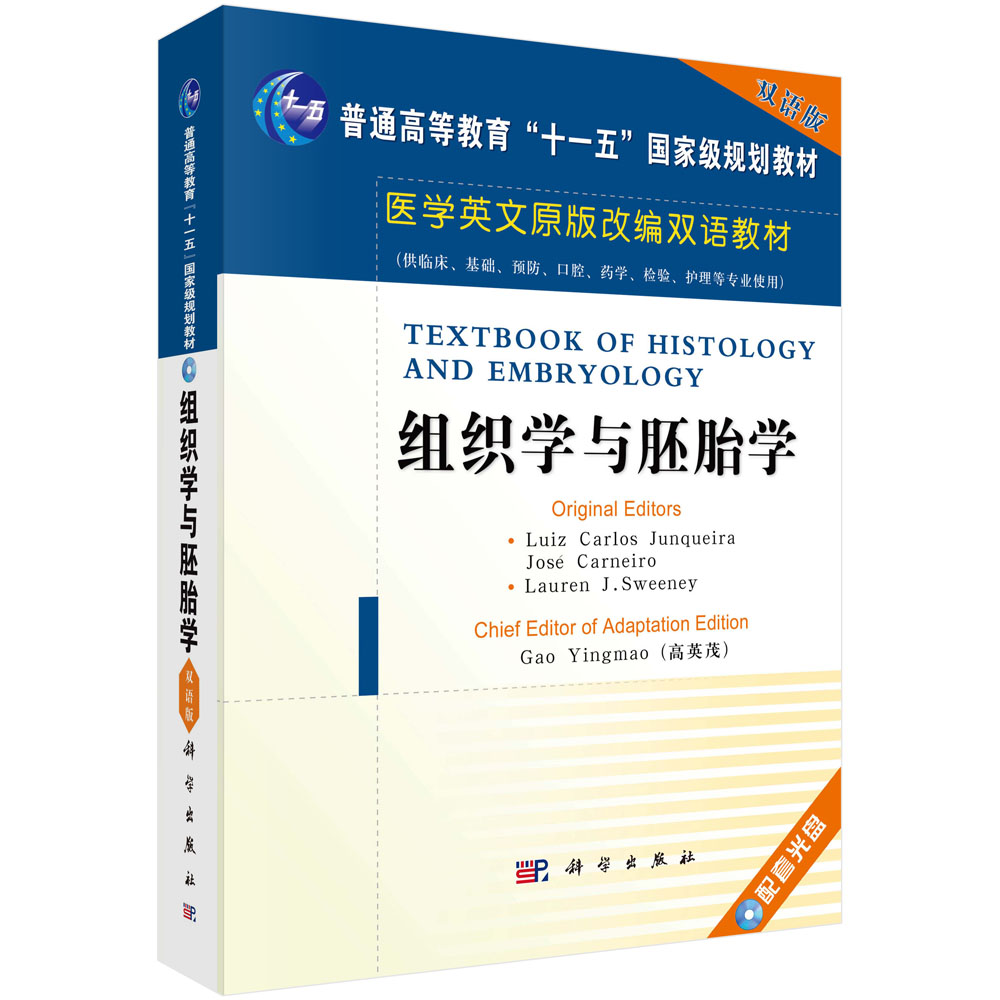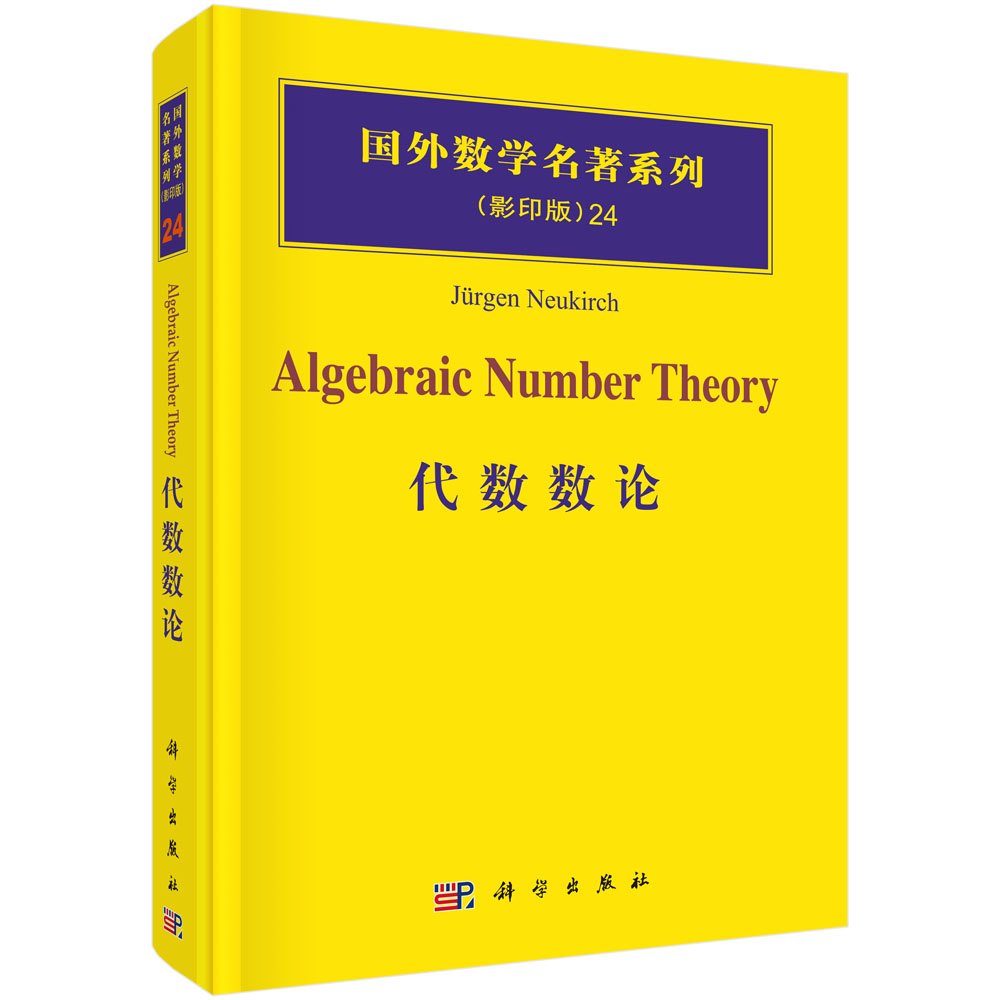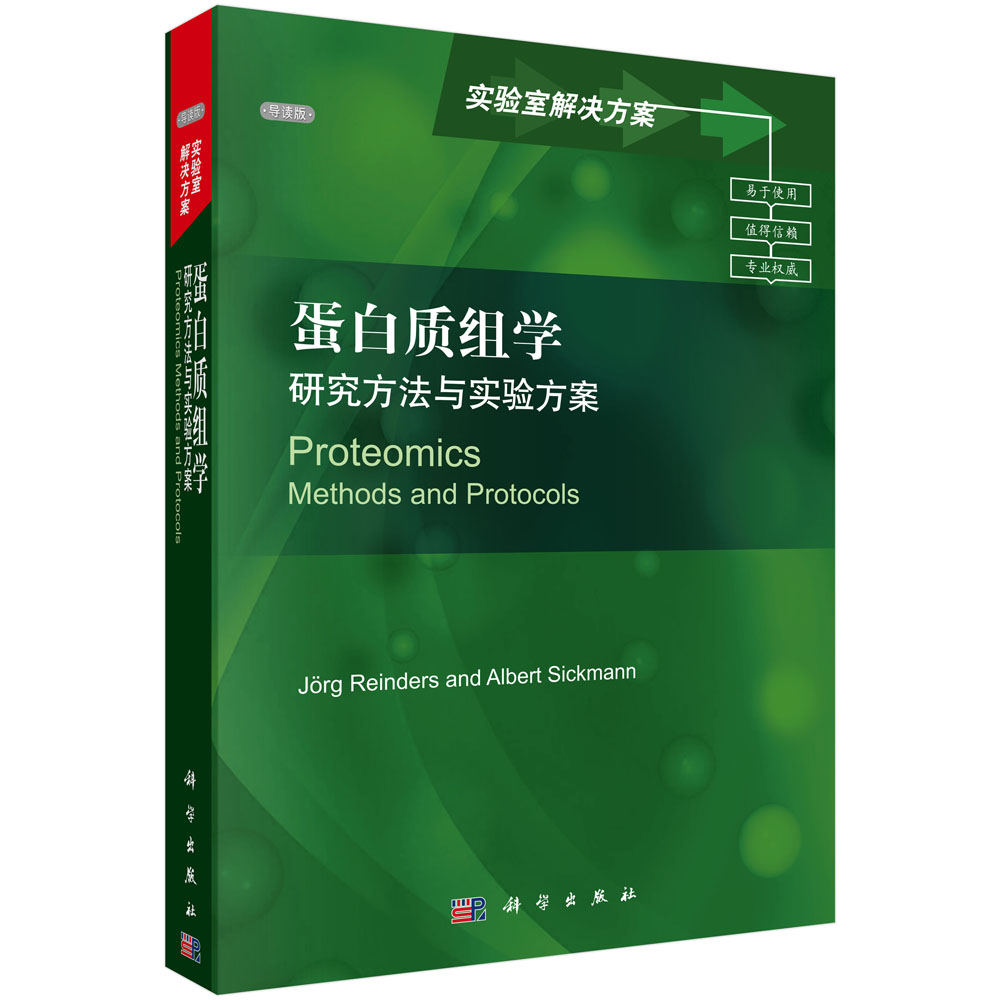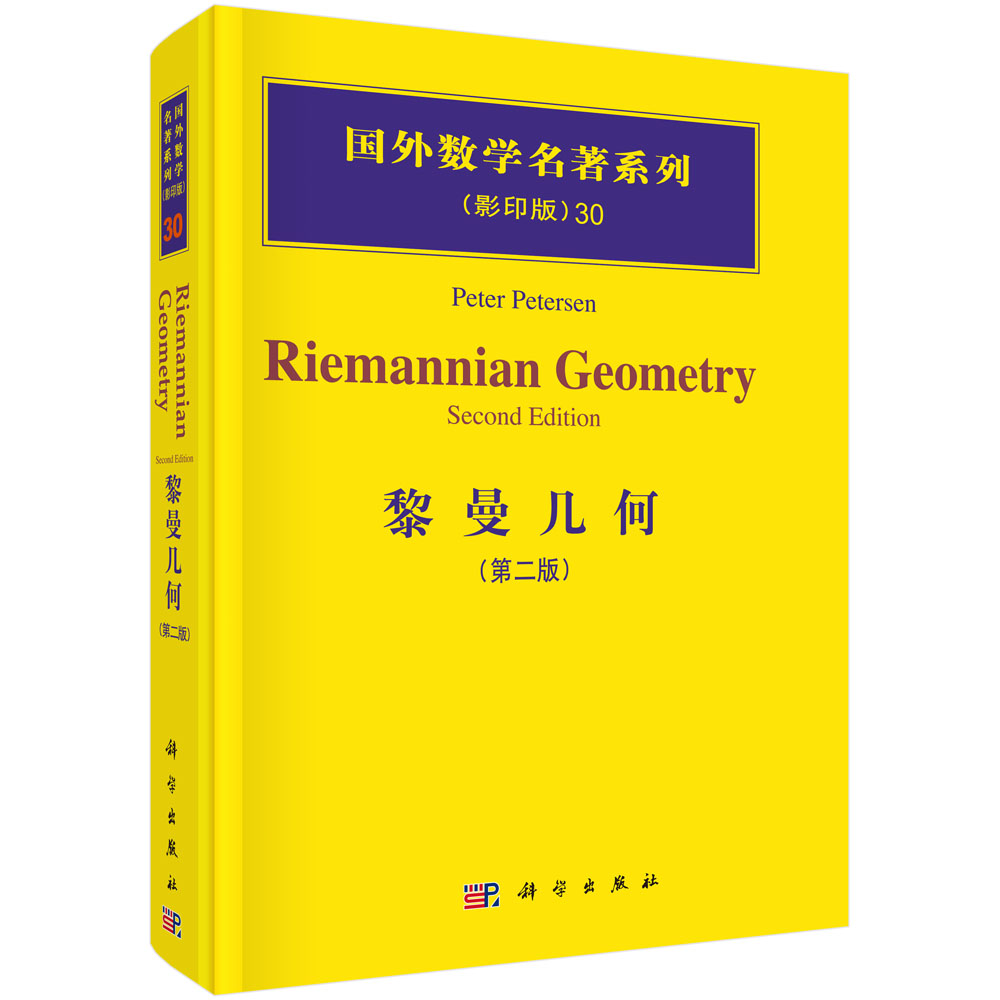随着科学技术的迅猛发展,具有复杂分层结构的数据在现实生活中很普遍。能完全剖析这类数据,发觉该类数据表象下的潜在规律性对于统计学等科研领域很有意义。本书致力于介绍复杂分层数据分析前沿知识,侧重于分层分位回归理论、方法及其应用研究。内容主要包括三大块:分层数据建模、分位回归与分层-分位回归。主要涉及到线性分层分位回归模拟、非参数分层分位回归模拟、适应性分层分位回归模拟、可加性分层分位回归模拟、变系数分层分位回归模拟、单指数分层分位回归模拟、分层分位自回归模拟、复合分层分位回归模拟、高维分层分位回归模拟、分层分位回归模拟、分层样条分位回归模拟、分层线性分位回归模拟、分层半参数分位回归模拟、复合分层线性分位回归模拟、复合分层半参数分位回归模拟等。
样章试读
目录
- Contents
Preface
PartI QUANTILE REGRESSION MODELLING
Chapter1 INEAR QUANTILE REGRESSION 3
1.1 Education: Mathematical Achievements 3
1.1.1 Introduction 3
1.1.2 Data5
1.1.3 Estimation Results 7
1.1.4 Confidence Intervals and Related Interpretations 11
1.1.5 Conclusion 16
1.2 Large Sample Properties 16
1.3 Bibliographic Notes 19
Chapter2 NONPARAMETRIC QUANTILE REGRESSION 20
2.1 Robust Local Approximation Method 20
2.1.1 Introduction 20
2.1.2 Consistency 22
2.1.3 Rate of Convergence 26
2.1.4 Asymptotic Distribution 33
2.1.5 Optimization of Estimate 37
2.1.6 Bibliographic Notes 39
2.2 Nonparametric Function Estimation 40
2.2.1 Introduction 40
2.2.2 Asymptotic Properties 42
2.2.3 Applications 52
2.2.4 Bibliographic Notes 54
2.3 Local Linear Quantile Regression 55
2.3.1 Introduction 55
2.3.2 Local Linear Check Function Minimization 58
2.3.3 Local Linear Double-Kernel Smoothing 62
2.3.4 Bibliographic Notes 68
Chapter3 ADAPTIVE QUANTILE REGRESSION 69
3.1 Locally Constant Adaptive Quantile Regression 69
3.1.1 Introduction 69
3.1.2 Adaptive Estimation 72
3.1.3 Implementation 73
3.1.4 Theoretical Properties 75
3.1.5 Bibliographic Notes 82
3.2 Locally Linear Adaptive Quantile Regression 82
3.2.1 Introduction 82
3.2.2 Local Linear Adaptive Estimation 84
3.2.3 Algorithm 85
3.2.4 Theoretical Properties 86
3.2.5 Bibliographic Notes 89
Chapter4 ADAPTIVE QUANTILES REGRESSION 91
4.1 Additive Conditional Quantiles with High-Dimensional Covariates 91
4.1.1 Introduction 91
4.1.2 Methodology 93
4.1.3 Asymptotic Behavior 98
4.1.4 Concluding Remarks 105
4.1.5 Bibliographic Notes 105
4.2 Nonparametric Estimation 105
4.2.1 Introduction 106
4.2.2 Estimator 108
4.2.3 Asymptotic Results 110
4.2.4 Conclusions 126
4.2.5 Bibliographic Notes 126
Chapter5 QUANTILE REGRESSION BASED ON VARYINGCOEFFICIENT MODELS 127
5.1 Adaptive Quantile Regression Based on Varying-coefficient Models 127
5.1.1 Introduction 127
5.1.2 Adaptive Estimation 129
5.1.3 Theoretical Properties 135
5.1.4 Conclusion 142
5.1.5 Bibliographic Notes 143
5.2 Varying-coefficient Models with Heteroscedasticity 143
5.2.1 Introduction 144
5.2.2 Local Linear CQR-AQR Estimation 146
5.2.3 Local Quadratic CQR-AQR Estimation 156
5.2.4 Bandwidth Selection 157
5.2.5 Hypothesis Testing 158
5.2.6 Local m-polynomial CQR-AQR Estimation 159
5.2.7 Discussion 160
5.2.8 Bibliographic Notes 161
Chapter6 SINGLE-INDEX QUANTILE REGRESSION 163
6.1 Single Index Models 163
6.1.1 Introduction 163
6.1.2 The Model and Estimation 165
6.1.3 Large Sample Properties 168
6.1.4 Conclusions 178
6.1.5 Bibliographic Notes 178
6.2 CQR for Varying Coefficient Single-index Models 179
6.2.1 Introduction 179
6.2.2 Quantile Regression 181
6.2.3 Composite Quantile Regression 184
6.2.4 Discussion 194
6.2.5 Bibliographic Notes 194
Chapter7 QUANTILE AUTOREGRESSION 196
7.1 Introduction 196
7.2 The Model 197
7.2.1 Description of The Model 197
7.2.2 Properties 199
7.3 Estimation 203
7.4 Quantitle Monotonicity 208
7.5 Inference 209
7.5.1 Wald Process and Related Tests 209
7.5.2 Testing for Asymmetric Dynamics 210
7.5.3 Bibliographic Notes 212
Chapter8 COMPOSITE QUANTILE REGRESSION 213
8.1 Composite Quantile and Model Selection 213
8.1.1 Introduction and Motivation 213
8.1.2 Composite Quantile Regression 216
8.1.3 Asymptotic Relative Efficiency 220
8.1.4 The CQR-oracular Estimator 225
8.1.5 Concluding Remarks 228
8.1.6 Bibliographic Notes 229
8.2 Local Quantile Regression 229
8.2.1 Introduction 229
8.2.2 Estimation of Regression Function 231
8.2.3 Estimation of Derivative 235
8.2.4 Local p-polynomial CQR Smoothing 238
8.2.5 Discussion 246
8.2.6 Bibliographic Notes 246
Chapte9 HIGH DIMENSIONAL QUANTILE REGRESSION 248
9.1 Diagnostic for Ultra High Heterogeneity 248
9.1.1 Introduction 248
9.1.2 Nonconvex Penalized Quantile Regression 251
9.1.3 Discussion 262
9.1.4 Bibliographic Notes 263
9.2 Bayesian Quantile Regression 264
9.2.1 Introduction 264
9.2.2 Asymmetric Laplace Distribution 265
9.2.3 Bayesian Approach 266
9.2.4 Improper Priors for Parameters 267
9.2.5 Discussion 269
9.2.6 Bibliographic Notes 270
PartII HIERARCHICAL MODELING
Chapter10 HIERARCHICAL LINEAR MODELS 273
10.1 Bayes Estimates 273
10.1.1 Introduction 273
10.1.2 Exchangeability 274
10.1.3 General Bayesian Linear Model 277
10.1.4 Estimation 281
10.1.5 Bibliographic Notes 283
10.2 Maximum Likelihood from Incomplete Data 283
10.2.1 Introduction 283
10.2.2 Definitions of the EM Algorithm 286
10.2.3 General Properties 290
10.2.4 Bibliographic Notes 296
10.3 EM-algorithm 296
10.3.1 Introduction 297
10.3.2 Covariance Components Models 298
10.3.3 Estimation of Variances and Covariances 301
10.3.4 Computational Notes 303
10.3.5 Bibliographic Notes 309
10.4 Iterative Generalized Least Squares 310
10.4.1 Introduction 310
10.4.2 Basic Model 310
10.4.3 Estimation 312
10.4.4 Random Coefficients 314
10.4.5 Constraints among Parameters 316
10.4.6 Further Applications 316
10.4.7 Errors of Measurement 317
10.4.8 Discussion 318
10.4.9 Appendix 1 319
10.4.10 Appendix 2 320
10.4.11 Appendix 3 322
10.4.12 Bibliographic Notes 323
10.5 Scoring Algorithm 324
10.5.1 Introduction 324
10.5.2 The Model 325
10.5.3 The Log Likelihood Function 328
10.5.4 Two Levels of Nesting 329
10.5.5 An EM Algorithm 333
10.5.6 More Than Two Levels of Nesting 334
10.5.7 Bibliographic Notes 336
10.6 Newton-Raphson Algorithm 337
10.6.1 Introduction 338
10.6.2 Computational Methods 340
10.6.3 Derivatives 341
10.6.4 Matrix Decompositions 345
10.6.5 Estimation of σ and D 347
10.6.6 Discussion and Extension 349
10.6.7 Bibliographic Notes 353
Chapter11 HIERARCHICAL GENERALIZED LINEAR MODELS 354
11.1 Hierarchical Likelihood 354
11.1.1 Introduction 354
11.1.2 Hierarchical Generalized Linear Models 355
11.1.3 Properties of Maximum h-likelihood Estimates 363
11.1.4 Estimation Procedures 368
11.1.5 Genaralizations 372
11.1.6 Discussion 381
11.1.7 Bibliographic Notes 382
11.2.1 Introduction 383
11.2.2 Random Effects GLM 385
11.2.3 Bayesian Formulation 386
11.2.4 Gibbs Sampler 387
11.2.5 Conditional Distributions 388
11.2.6 Discussion 392
11.2.7 Bibliographic Notes 392
Chapter12 HIERARCHICAL NONLINEAR MODELS 394
12.1 Conditional Second-Order Generalized Estimating Equations 394
12.1.1 Introduction 394
12.1.2 The Model 396
12.1.3 Estimation 397
12.1.4 Conditional Variance-Covariance Structures 399
12.1.5 Conditionals 401
12.1.6 Asymptotic Properties 403
12.1.7 Discussion 404
12.1.8 Bibliographic Notes 406
12.2 A Hybrid Estimator 407
12.2.1 Introduction 407
12.2.2 Estimation 408
12.2.3 A Hybrid Estimator 411
12.2.4 Asymptotic Theory 414
12.2.5 Extension to Hierarchical GLMs 424
12.2.6 Discussion 425
12.2.7 Bibliographic Notes 426
Chapter13 HIERARCHICAL SEMIPARAMETRIC MODELS 429
13.1 Hierarchical Semiparametric Nonlinear Mixed-Effects Models 429
13.1.1 Introduction 429
13.1.2 SNMEM 432
13.1.3 Estimation 435
13.1.4 Computational Aspects 438
13.1.5 Inferences 441
13.1.6 Conclusions 442
13.1.7 Bibliographic Notes 443
13.2 Simultaneously Modeling for Mean-Covariance 444
13.2.1 Background 445
13.2.2 Then Models and Estimation Methods 446
13.2.3 Asymptotic Properties 450
13.2.4 Discussion 458
13.2.5 Bibliographic Notes 459
PartIII HIERARCHICAL QUANTILE MODELING
Chapter14 HIERARCHICAL SPLINE MODELS 463
14.1 Introduction 464
14.2 Nonparametric Estimation 465
14.3 WALD Tests for Regression Quantile Models 467
14.4 Conclusions 470
14.5 Bibliographic Notes 470
Chapter15 HIERARCHIAL LINEAR QUANTILE MODELING 473
15.1 Introduction 473
15.2 The Hierarchical Quantile Regression Model 474
15.3 EQ Algorithm 475
15.4 Asymptotic Properties 477
15.5 Bibliographic Notes 483
Chapter16 HIERARCHICAL SEMIPARAMETRIC QUANTILE MODELING 485
16.1 Introduction 485
16.2 The Models and Estimation 487
16.3 Asymptotic Results 492
16.4 Conclusion 499
16.5 Bibliographic Notes 499
Chapter17 COMPOSITE HIERARCHICAL LINEAR QUANTILE MODELING 501
17.1 Introduction 501
17.2 The Models 502
17.3 Estimation 504
17.4 Asymptotic Properties 506
17.4.1 The Error Distribution is Normal 506
17.4.2 The Error Distribution is Non-normal 509
17.5 Discussion 511
17.6 Bibliographic Notes 511
Chapter18 COMPOSITE HIERARCHICAL SEMIPARAMETRIC QUANTILE MODELING 513
18.1 Introduction 513
18.2 The Models 515
18.3 Estimation and Algorithm 516
18.4 Asymptotic Properties 517
18.5 Discussion 522
18.6 Bibliographic Notes 523
PartIV LARGE SCALE APPLICATIONS TO REAL DATA
Chapter19 APPLICATIONS OF QUANTILE REGRESSION 527
19.1 Introduction 527
19.1.1 Health and Medicine 527
19.1.2 Environment 535
19.1.3 Economics 535
19.1.4 Finance 540
19.2 Applications to Mathematical Education Based on LQR 540
19.2.1 Background 541
19.2.2 Description of Data 542
19.2.3 Methodology 543
19.2.4 Results 544
19.2.5 Conclusion 556
19.3 Application of Local LQR 556
19.3.1 Triceps Skinfold 557
19.3.2 Immunoglobulin 558
19.4 The Widening Gap between the Rich and the Poor 560
19.5 Boston Housing Analysis Using AQR 561
19.5.1 Boston Housing 561
19.5.2 Empirical results 564
19.6 The Analysis of Japanese Firms in the Chemical Industry by Employing AQR 565
19.7 The Analysis of Norwegian Air Pollution Bying Quantile Varying-coefficient Regression 568
19.8 Empirical Application to Air Pollution Based HVCMs 570
19.9 Boston Pricing by Single-index Quantile Regression 571
19.10 Boston Pricing Using VCSIM 575
19.11 Two Economic Time Series Basedbon the Quantile Autoregression 576
19.11.1 Unemployment Rate 577
19.11.2 Retail Gasoline Price Dynamics 578
19.12 The UK Family Expenditure Using Local CQR Methodology 579
19.13 Analysis of Microarray Dataset 581
19.14 Analysis of Two Data Sets Through Bayesian Quantile Autoregression 585
19.14.1 Immunoglobulin-G 585
19.14.2 Stack Loss 586
Chapter20 APPLICATIONS OF HIERARCHICAL REGRESSION MODELS 588
20.1 Two-factor Experimental Designs and Multiple Regression 588
20.1.1 Experimental Designs and Exchangeability 588
20.1.2 Examples with Unknown Covariance Structure 593
20.2 Examples of EM Algorithms 599
20.2.1 Missing Data 599
20.2.2 Grouping, Censoring and Truncation 602
20.2.3 Finite Mixtures 605
20.2.4 Variance Components 607
20.2.5 Hyperparameter Estimation 609
20.2.6 Iteratively Reweighted Least Squares 610
20.2.7 Factor Analysis 612
20.3 Law Schools, Field Mice and Professional Football Teams 613
20.4 A Longitudinal Study of Educational Achievements 624
20.5 Ovarian Follicle and Calcium Supplement 627
20.6 Applications of Hierarchical Generalized Linear Models 630
20.6.1 Procedures for Analysis 630
20.6.2 Poisson-Gamma Model and Pump Failure Data 630
20.6.3 Binomial-Beta Model and Seed Germination Data 632
20.6.4 Gamma-Inverse Gamma Model and the Cake Baking Data 634
20.6.5 Poisson-Gamma Model and Epileptics Data 634
20.6.6 Binomial-Beta Model and Salamander Data 638
20.7 Infectious Disease Data of Indonesia 642
20.8 Epileptic Seizure 646
20.9 Eight Guinea Pigs 648
20.10 Canadian Temperature 653
20.11 CD4 Cell 656
Chapter21 APPLICATIONS OF HIERARCHICAL QUANTILE REGRESSION MODELING 661
21.1 Household Electricity Demands 661
21.1.1 The Applications of Hierarchical Models to Household Demand 661
21.1.2 Commonwealth Edison Company 665
21.1.3 Stage II Results 666
21.2 Mathematics Education in Canada 673
21.3 The Mean Pixel Intensity of Lymphnodes in the CT Scan 679
21.4 Applications of Composite Hierachical Linear Quantile Regression 685
21.5 Applications of Semi-HCQR Method to Partial HIV Monitoring Data 688
Bibliographic Notes 692
Bibliography 693
Index 734

